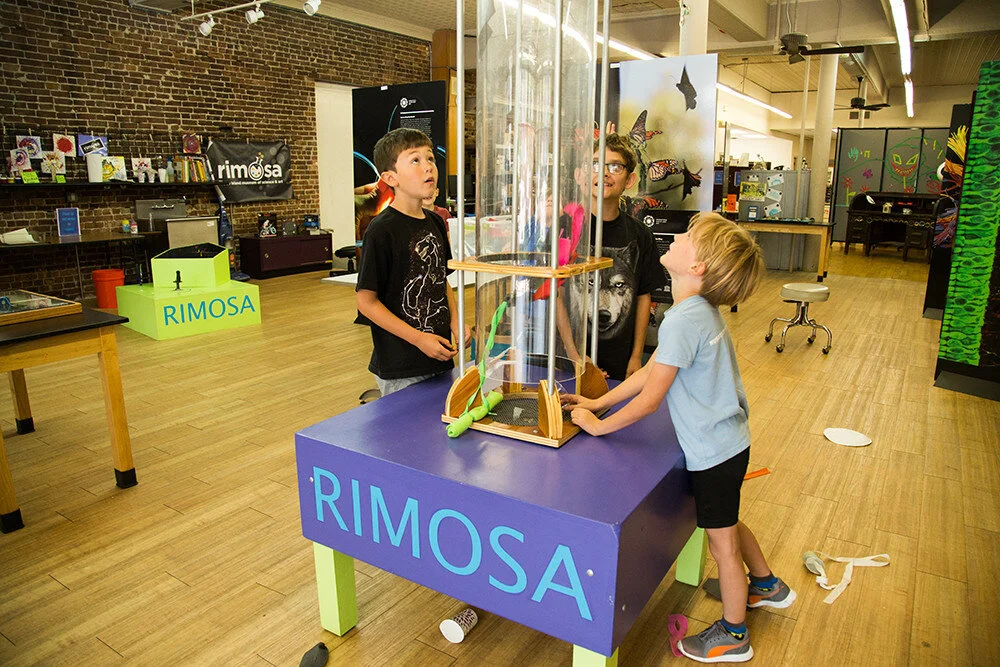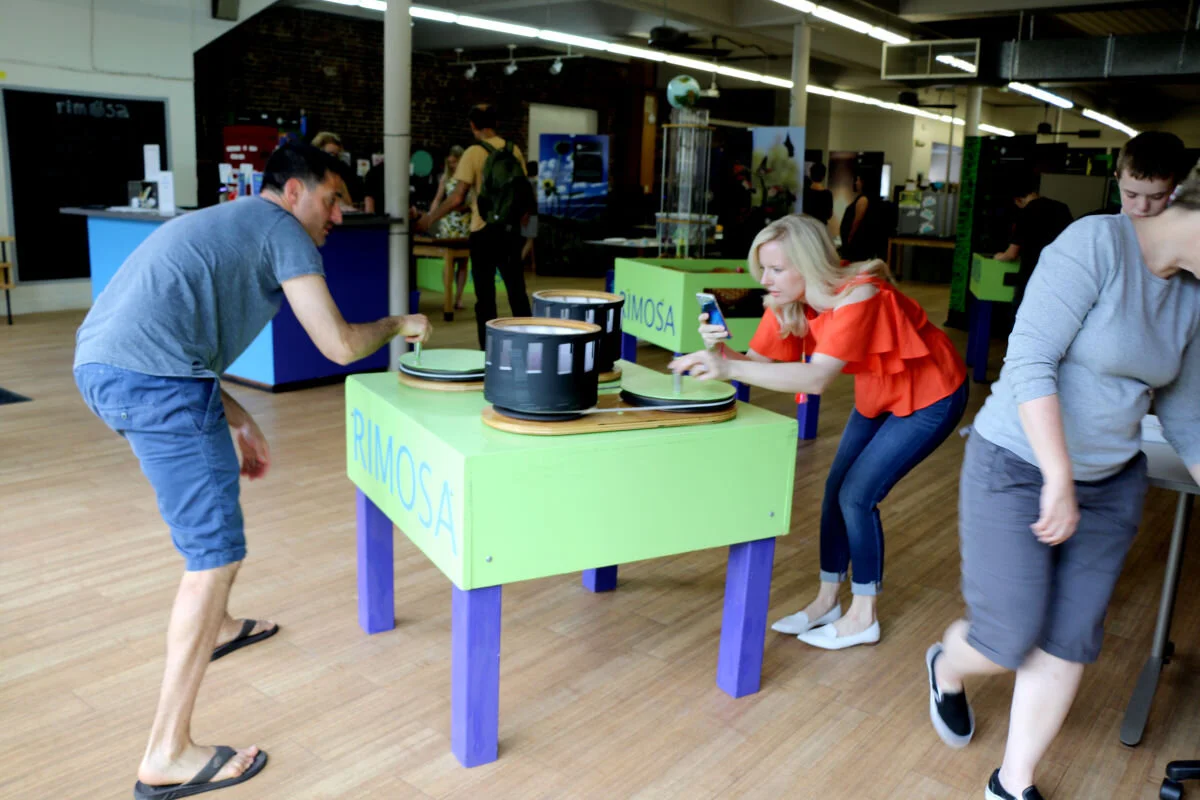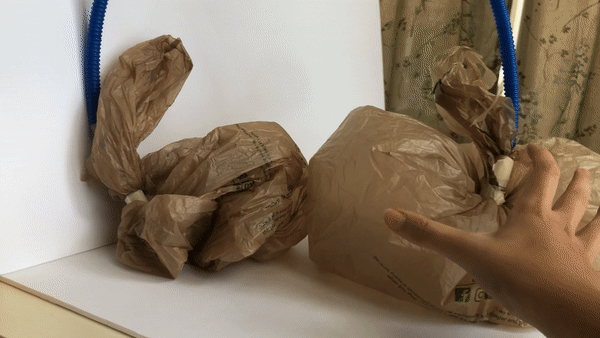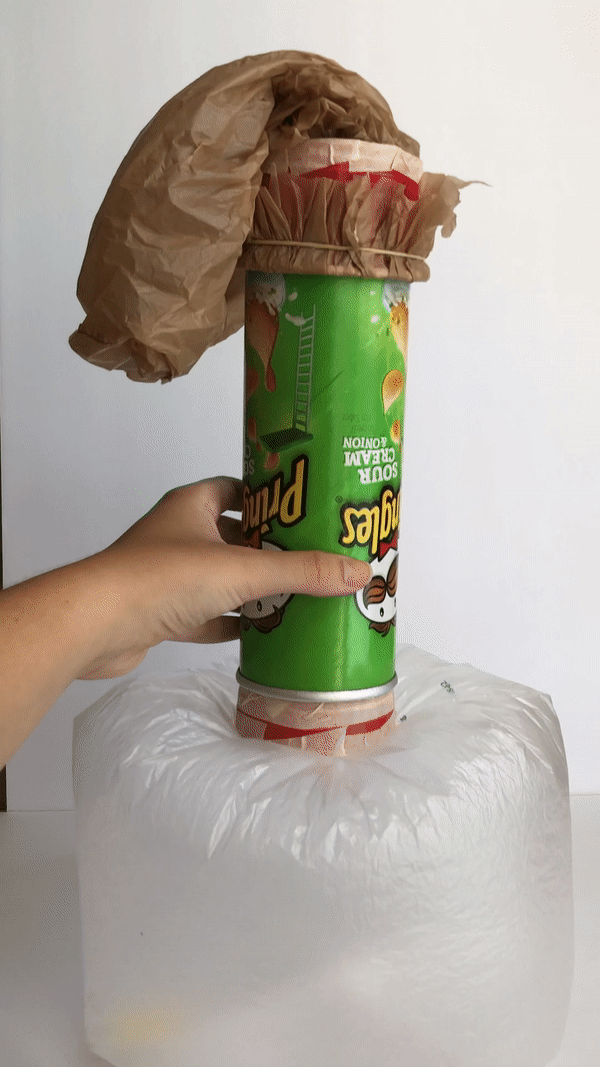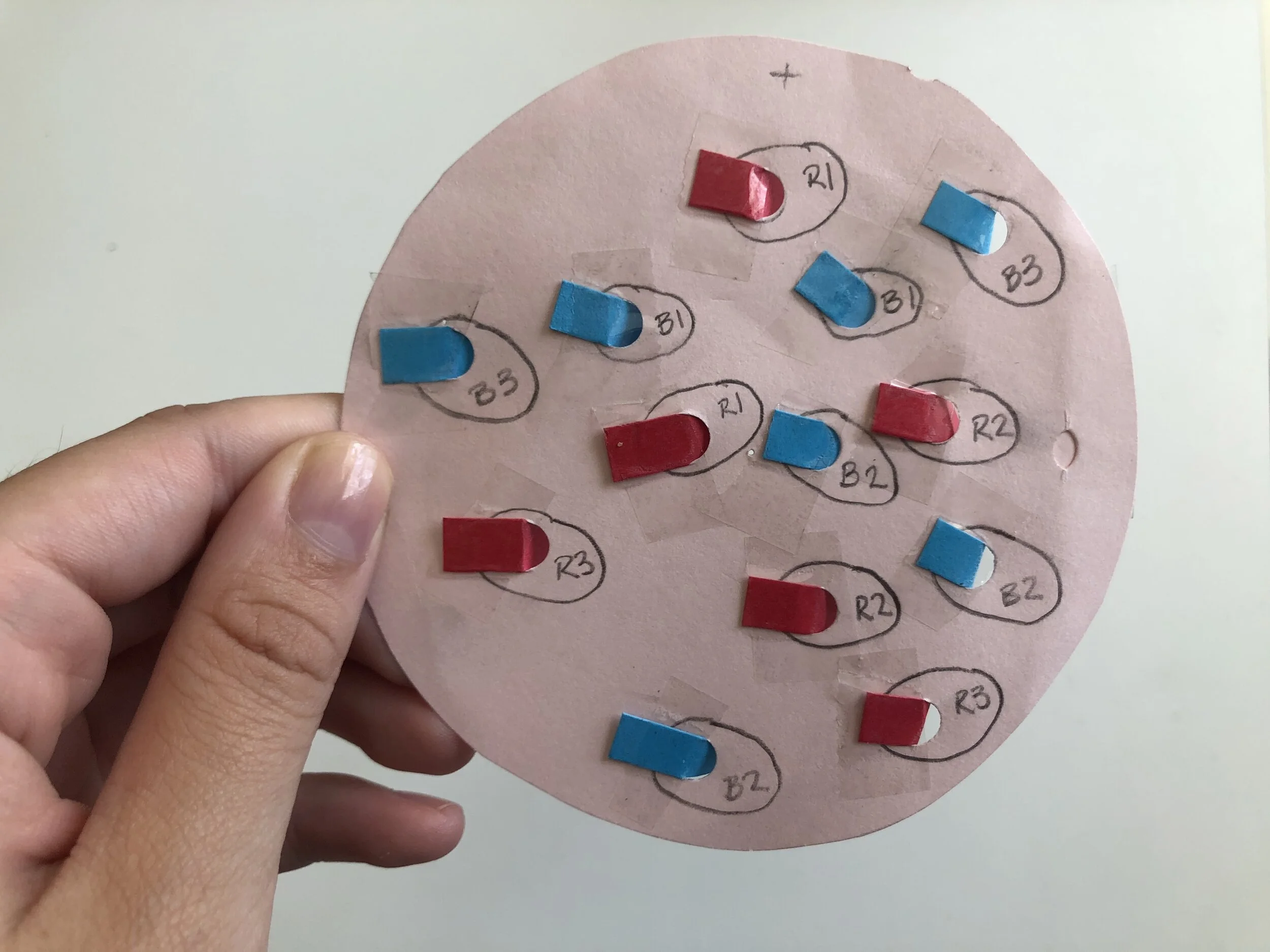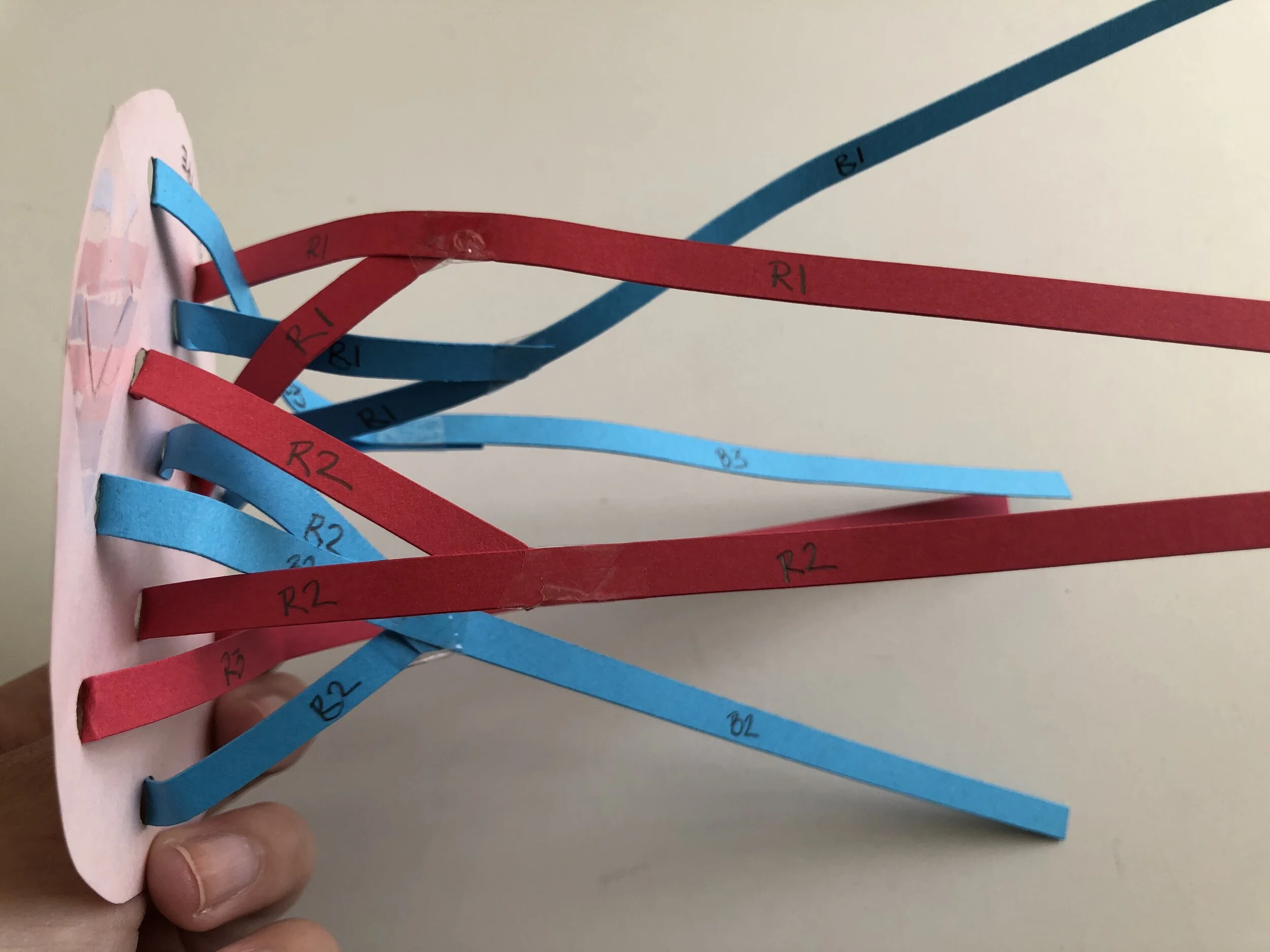Takeaways & Conclusions
Throughout the design process my exhibit solutions were designed to met the criteria defined by RIMOSA’s design rubric:
To make the exhibit hands-on... pumps are wide and long, encouraging users to jump/step on them, the spinning disc can spin freely but securely under various forces, and the plastic bags offer a unique tangible experience inflated or deflated
To keep this exhibit open-ended... users can discover different disc spins and result in different inflations, they can make up their own games to play, or discover how it works, and there is no specific end to the interaction and no right answer
To ensure that this exhibit serves as a catalyst for future learning... four windows allow the user to peer into the inner workings of the exhibit, and it is built with easily identifiable parts, thus making it easier to comprehend and replicate
To make the exhibit maintainable and transportable... the plastic bags are easy to replace in the event that one is torn or popped, the volume of air in the system is open instead of air-tight, the pumps are easy to disconnect and reattach, and the RIMOSA logo clearly brands the exhibit for when it travels outside the museum space




